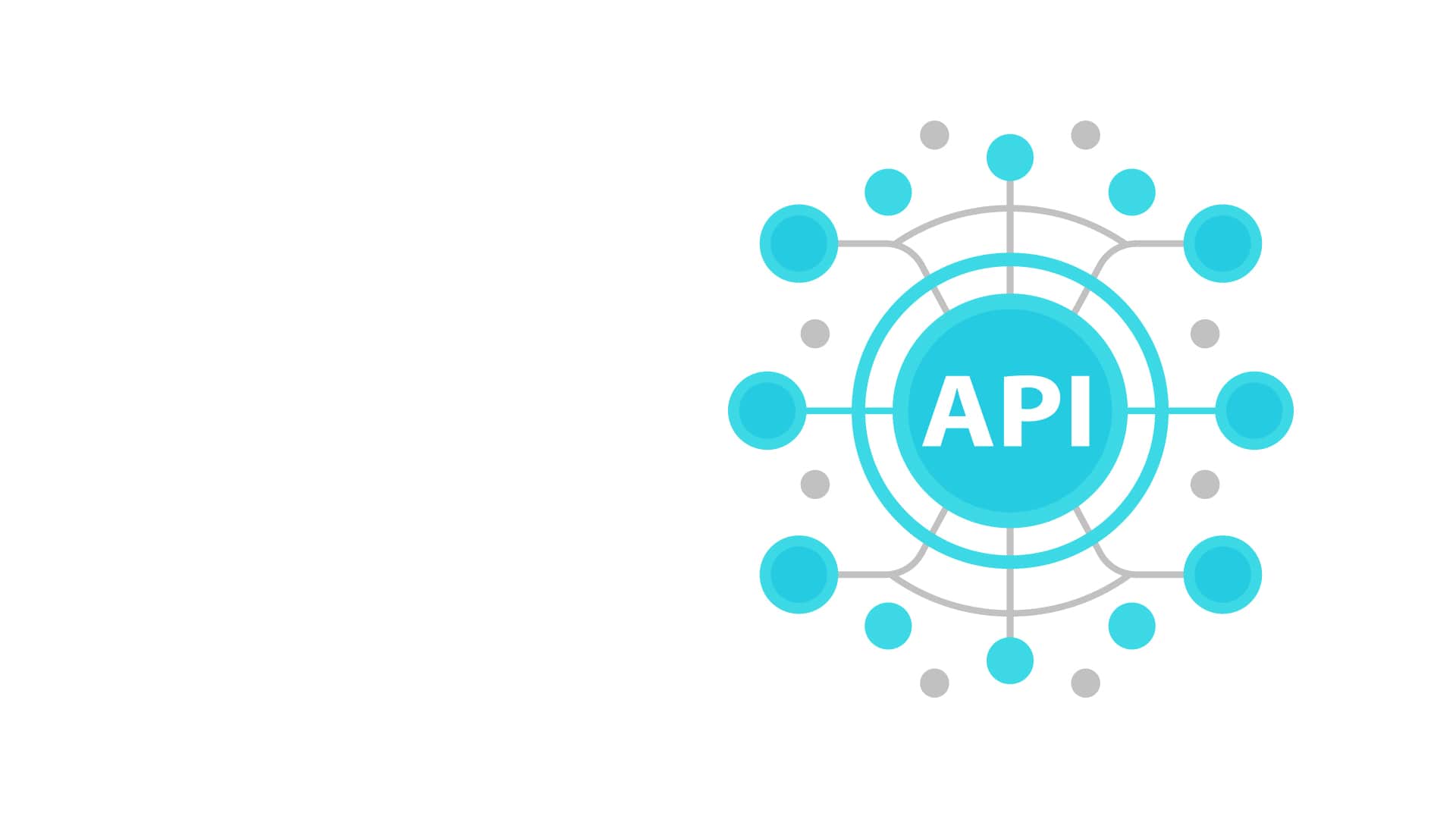Pulse of Information
Your source for the latest insights and updates.
API Integration: The Secret Sauce for Seamless Software
Unlock the secret to seamless software! Discover how API integration can elevate your projects and drive success. Dive in now!
Understanding API Integration: Key Concepts for Seamless Software Solutions
API integration plays a crucial role in modern software solutions by enabling different applications to communicate and share data seamlessly. At its core, an API (Application Programming Interface) provides a set of rules and protocols that allow software components to interact. Understanding the fundamental concepts of API integration is essential for developers looking to enhance functionality, improve user experiences, and enable automation. With the rise of cloud services and mobile applications, the demand for effective API integration has surged, making it imperative for businesses to invest in this technology to stay competitive.
When delving into API integration, there are several key concepts to consider:
- Authentication and Authorization: Ensuring that only legitimate users and applications can access the API.
- Data Formats: Familiarity with data formats such as JSON and XML is essential for effective data exchange.
- Error Handling: Implementing robust error handling practices to manage failed API calls gracefully.
- Versioning: Handling changes in API structure through versioning to maintain compatibility without disrupting service.

How API Integration Enhances User Experience and Business Efficiency
API integration plays a pivotal role in enhancing user experience by streamlining interactions between various applications and services. When businesses integrate APIs, they enable their platforms to communicate seamlessly, resulting in faster data exchange and a more cohesive experience for users. For instance, a hotel booking site that integrates flight and car rental APIs provides users with a one-stop solution for travel planning, minimizing the need to switch between multiple platforms. This not only reduces friction but also increases user satisfaction, as customers can find all necessary information at a glance.
Additionally, API integration boosts business efficiency by automating routine tasks and reducing manual data entry. With APIs, businesses can connect disparate systems, allowing for real-time data synchronization across various departments. For example, when an online retailer integrates an inventory management API, stock levels can be updated automatically in real time, preventing overselling and enhancing operational efficiency. Ultimately, by leveraging APIs, organizations can focus on core business activities while effortlessly providing a richer user experience.
What are the Best Practices for Successful API Integration in Your Software?
Successful API integration is crucial for enhancing the functionality of your software. To achieve this, best practices must be adhered to, ensuring a smooth and efficient integration process. First, it is essential to thoroughly understand the API documentation, as it provides key information on endpoints, request parameters, and response formats. Utilizing tools such as Postman can facilitate testing and interaction with the API before actual integration. Furthermore, it’s recommended to implement error handling within your code to gracefully manage any potential issues, which is vital for maintaining user experience.
Another best practice involves ensuring security measures are in place during API integration. Always use HTTPS to encrypt data transmissions, and if the API requires authentication, implement robust methods such as OAuth. Additionally, consider rate limiting to prevent overwhelming your API and ensure compliance with usage policies. Lastly, continually monitor the integration’s performance and make necessary adjustments to optimize functionality, ensuring that your software runs smoothly and efficiently with integrated APIs.